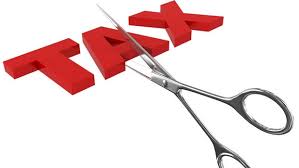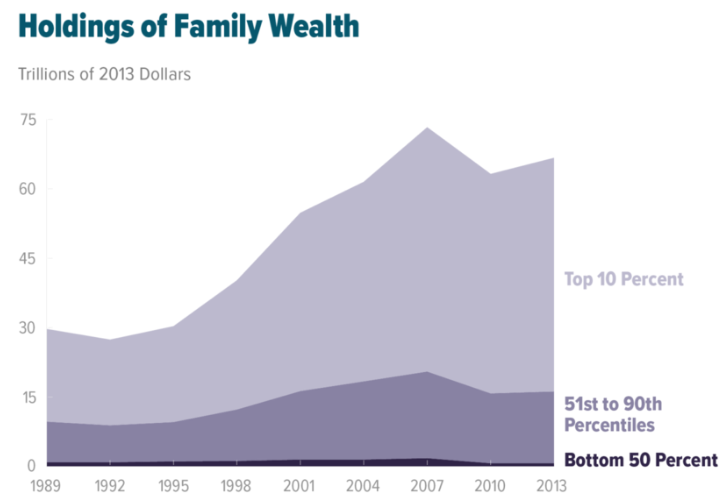
Around this time last year, a U.S. government shutdown forced many government workers to go into debt to pay bills and some even had to go to food banks to make ends meet. They eventually got back pay but it is a good example of why you need an emergency fund. According to a recent survey from Charles Schwab, 59% of Americans say that they are living paycheck to paycheck, despite the fact that the U.S. economy has experienced the longest expansion period in its history.
I have no idea when the good times will end. However, financial experts recommend having an emergency fund in case you lose your job. The financial rule of thumb is to cover 3 months of living expenses if you qualify for unemployment insurance and 6 months if you are self-employed. I am a bit surprised that they also recommend the need to have funds available for unexpected car or appliance repairs. People who own homes or cars should include such repairs in their annual budgets.
I would recommend making two budgets, one for when you have a job and an emergency budget for when you lose your job. Divide your budget into needs, wants and savings. Needs are expenses you can’t avoid, like mortgage, rent, car loans, food etc. Wants are things you could do without if necessary, like clothes and entertainment. Saving for retirement, college or extra debt payments should also be excluded from your emergency budget.
Once you calculate your absolute bare bones budget, you can start to put money aside every month into an emergency saving account. With tax season just around the corner, you could jump start your savings but including any expected tax refund.
Tips for people living paycheck to paycheck or for those that can’t save fast enough
- Apply for a secured line of credit if you own your own home
- Don’t own a home, then apply for an unsecured line of credit
- Use a line of credit to pay off your credit card balances and put the interest savings into an emergency savings account.
- Worse case scenario: ask your credit card company to increase your credit limit.
Going into debt is not a great option but it is better than losing your home or having to sell your car.

Do you know the fable of the ant and the grasshopper? In essence, the ant spends all summer gathering food for the winter while the grasshopper sings and fiddles the summer away. When winter comes the Grasshopper has no food and found itself dying of hunger, while it saw the ants distributing corn and grain from the stores they had collected during the summer.













